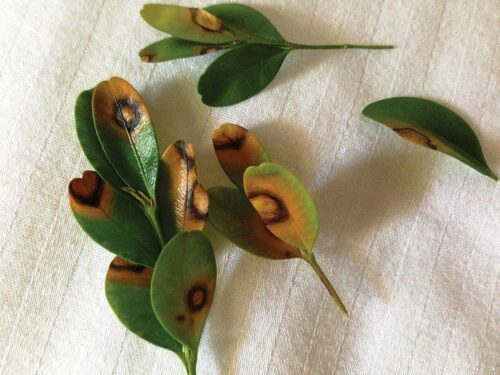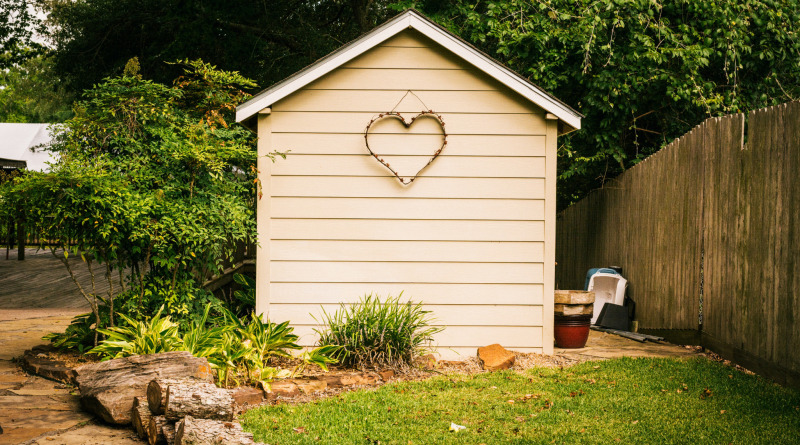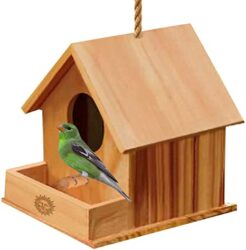What is Boxwood Blight? Boxwood blight has the potential to significantly reduce the beauty and value of boxwood shrubs and hedges.
If you have boxwood in your garden and notice unsightly discoloration on the leaves, take action before it’s too late.

With proper management, you can save these plants from extensive damage or even death by this invasive fungal pathogen.
What is Boxwood Blight?
Boxwood blight is a common fungal disease that affects boxwoods.
And generally shows up as greenish-white to dark brown spots on leaves, usually in late summer.
Left untreated, these spots will continue to grow and spread until new growth stops for winter.
The fungus that causes boxwood blight thrives in warm weather.
And wet conditions, so it’s more likely to appear during rainy or humid summers.
In milder climates with consistent rain throughout summer.
Boxwood plants may get repeated infections.
In colder climates with occasional hot summers.
Fungi tend to infect through wounds caused by pruning.
Preventative care can help prevent or delay boxwood blight from appearing; see below for details.
How Does It Happen?
The best way to prevent boxwood blight from ruining your prized shrubbery.
Is to know how it happens. Though there are many different causes of leaf discoloration.
And death in plants, boxwood blight typically starts with a fungus.
If a plant’s roots are infected with diseases or pests.
That disease can quickly spread through other parts of the plant.
Because each part of a tree or shrub (roots, stems, leaves) works together as one living thing.
So if you spot any discoloration on your boxwoods’ leaves during summertime.
Especially any spots where little purple dots appear – chances are its boxwood blight.
Why Are Plants Affected by This Disease?
The blight can affect many different plants, from birch trees to boxwoods.
Plants are affected because there are two different types of fungi in your soil.
It’s important to know how they interact.
One type of fungus lives on plant roots.
And helps them absorb nutrients like phosphorus and nitrogen.
When another fungus invades, these nutrients become unavailable for your plants to use.
That’s when you start seeing symptoms like yellowing leaves.
In most cases, boxwood blight occurs in soils with poor drainage.
Constant moisture—this makes it easier for fungi to grow.
Reproduce and spread quickly throughout large areas of land.
The disease doesn’t just harm ornamental plants.
It also impacts fruit trees and causes problems with other vegetable crops.
Symptoms of Fungal Attacks on Boxwoods.
One of your favorite boxwoods looks wilted and has yellow or brown leaves.
It may have spots that are brown, green, or black and mold growing on parts of it.
When you touch one of these areas, a white powdery substance appears on your fingers.
It also leaves behind a white residue when wiped with a cloth.
This is an indication that you have boxwood blight.
A fungal disease that attacks only boxwoods and causes them to wilt and die within months.
Treatments of Boxwood Diseases.
Some of these diseases are caused by soil-borne organisms.
That is often brought into your yard on dirt and mulch that you bring in from outside.
While you should be careful to avoid bringing any infected materials into your yard.
There are measures you can take to help treat boxwood blight effectively if it does occur.
First and foremost, keep in mind that fertilizers won’t prevent or cure diseases.
Only proper watering and sunlight will do that!
That said, there are certain treatments for boxwood blight.
That can help get rid of a fungal infection like white pine blister rust or anthracnose.
The best treatment plan varies widely depending on your environment.
Also, how much sun exposure do you have.
Your garden center professional may recommend an organic fungicide.
Based on what disease you’re trying to treat.
Generally speaking, most gardeners find that spraying fungicides only makes symptoms worse.
Instead of an immediate solution.
They almost always require multiple applications over a period of several weeks.



